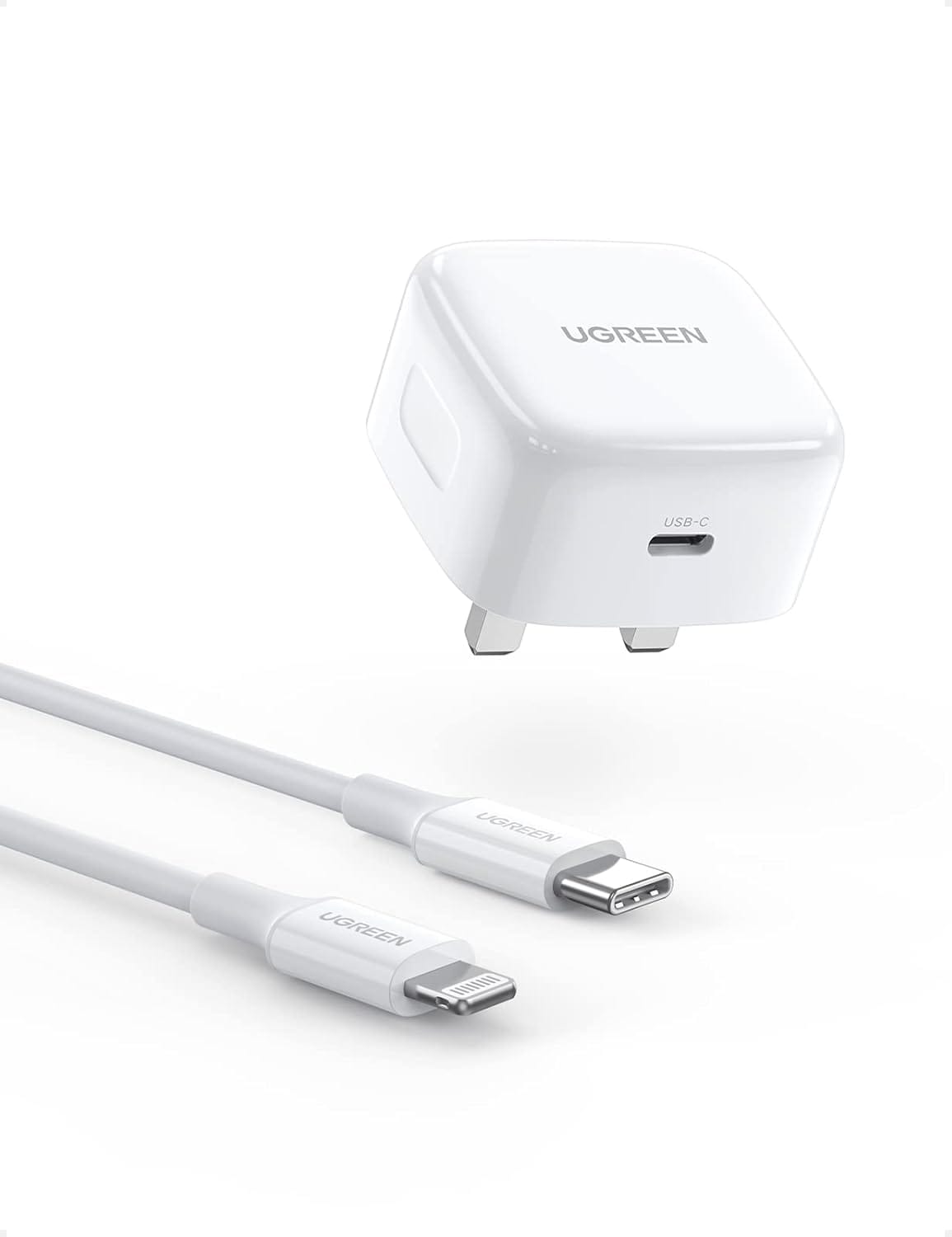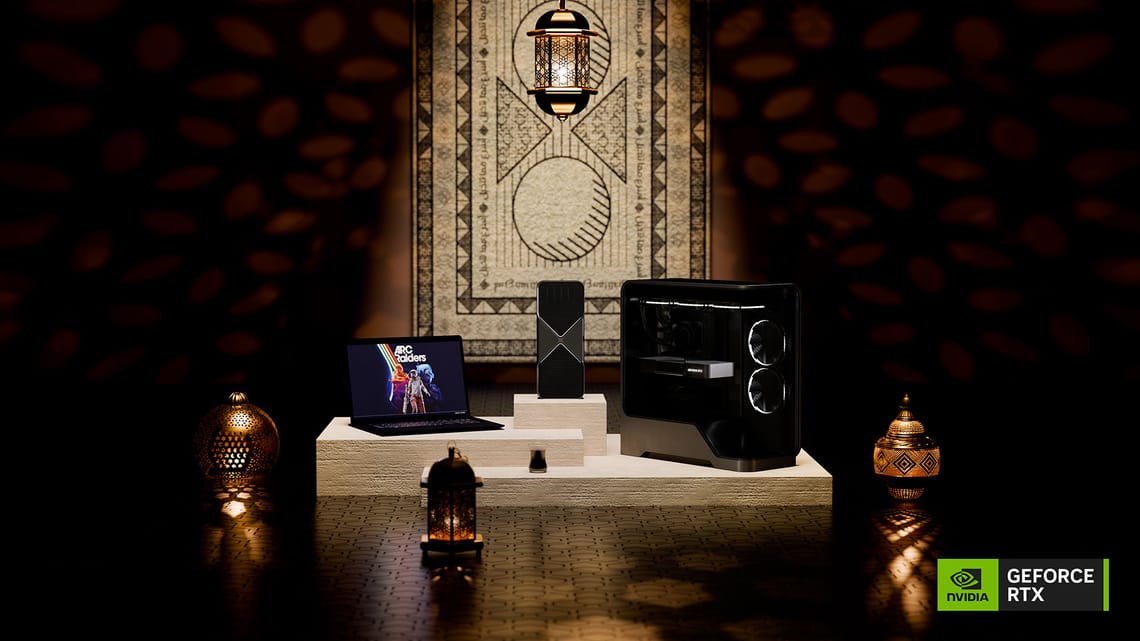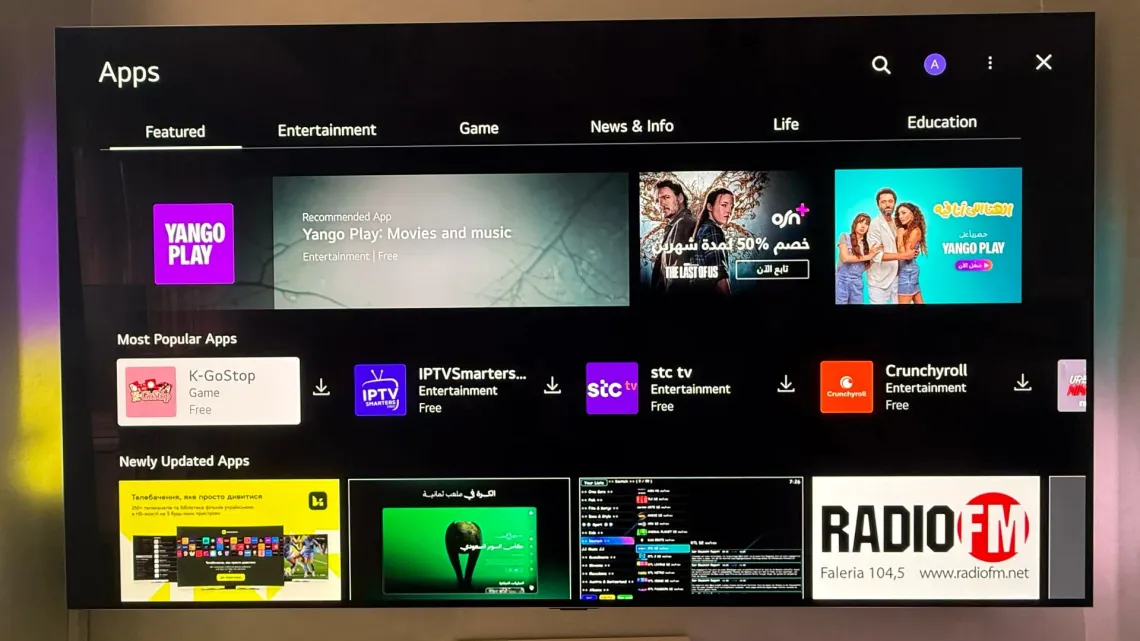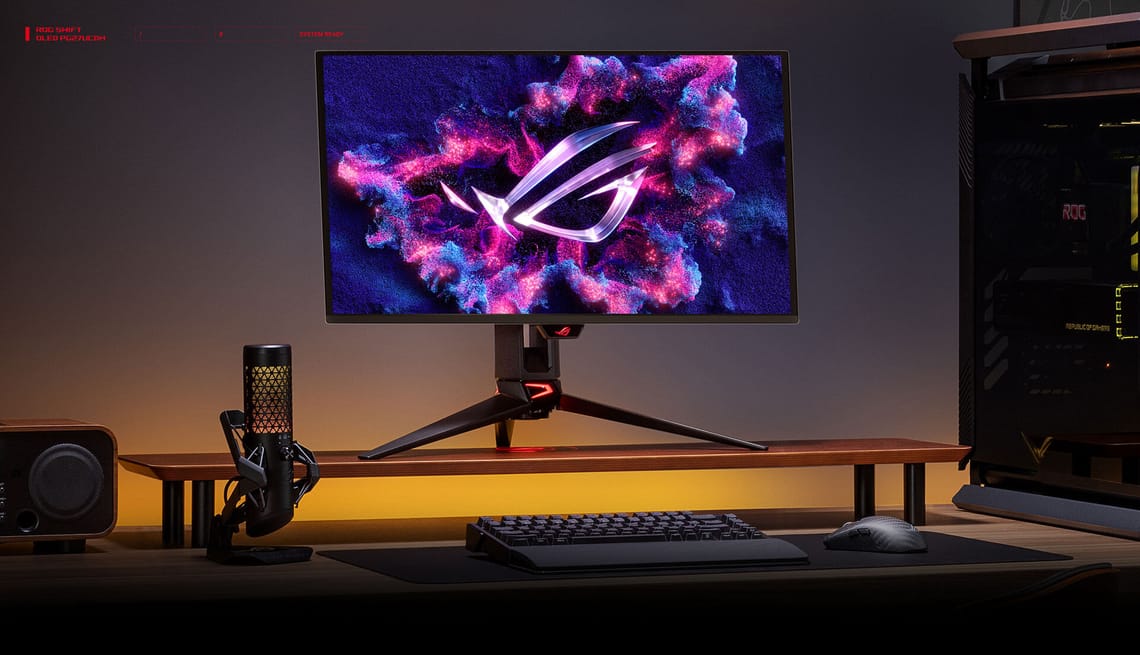Chargers are where specs get sneaky. “100W” on the box doesn’t mean 100W to every port, and cheap cables often bottleneck fast-charging laptops. Use 11.11 to upgrade to GaN bricks that actually hit their rated output and cables that carry the current without melting your dignity.
For the UAE, stick to reputable brands, support PD 3.0/3.1, and provide clear wattage breakdowns per port. We’ve filtered for gear that plays nice with modern laptops, tablets and phones, plus hubs that don’t kill your charging while pushing video.
Why these picks: PD 3.0/3.1 support, high wattage, multi-port options, and safety certifications appropriate for UAE power standards.

UGREEN Revodok USB-C Hub with 100W PD Charging
Braided Cable, Type C to HDMI 4K30Hz Adapter, 3 USB A Data Ports, Multiport Hub for iPhone 17, Windows, MacBook,Tablet,iPad/Air Monitor, Projector
More Live Phone deals for 11.11 in the UAE:
- Anker Prime 250W USB-C Charger — multi-port GaN brick for laptop + phone + tablet. AED 459
- Anker 100W USB-C Charger — compact single-laptop or dual-device fast charger. AED 138
- Anker 633 Magnetic Power Bank (10,000 mAh) — MagSafe-style snap, fold-out kickstand. AED 129
- UGREEN Revodok USB-C Hub (100W PD) — add ports without sacrificing charge-through. AED 59
- UGREEN USB-C Cable 2 m (100W, braided) — e-marked, long run for desks and couches. AED 34
- UGREEN PD 20W USB-C Charger + Cable Set — reliable phone/tablet fast-charge kit. AED 56
- UGREEN Car Phone Holder (mount) — stable mount for in-car charging setups. AED 65
Buyer tips
- Port math matters: On multi-port bricks, wattage splits when you plug in more than one device. Check the per-port table, not just the big “250W.”
- Cable truthing: A “100W” cable should be e-marked and list current (5A) plus USB speed. If it hides specs, skip it.
- PD 3.1 vs 3.0: PD 3.1 enables 140–240W for modern 16-inch laptops. If you only charge phones/tablets, PD 3.0 is fine.
FAQs
Will a 250W charger “overcharge” my phone?
No. USB Power Delivery is negotiation-based. Your phone pulls what it supports; the extra headroom is for laptops or multiple devices.
Do I need PD 3.1 for a 13-inch laptop?
Usually not. Most 13–14-inch machines peak at 65–100W (PD 3.0). PD 3.1 is useful for big 16-inch laptops that can sip 140W+.
Why is my 100W charger only giving 45W to my laptop?
Multi-port bricks derate output when several ports are active. Unplug other devices or use a single-port profile to get full wattage.
Are all “100W” cables the same?
No. Look for 5A e-marked USB-C cables. Many cheap 100W cables are really 60–87W in practice and can throttle or overheat.
Subscribe to our newsletter to get the latest updates and news







